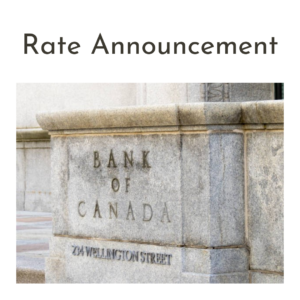
Financial independence is a critical skill for future success. As parents, we have the opportunity to nurture our children’s healthy relationship with money. Here are a few points to consider with respect to helping them in this area:
- Review Your Attitude Towards Money: What is your own attitude towards money? Are you a penny pincher? Frivolous spender? Do you buy on impulse, or take a long time to make a purchase? How much debt do you have? Your financial habits will shape your children. To ensure you are setting them up for their best financial future, parents need to consider what messages they are sending with their money habits.
- Give Your Children an Allowance: Providing a small allowance to your children (especially one in exchange for chores) is an age-old way of teaching your kids about money.
- Encourage them to babysit or mow lawns for extra money: Nothing can beat the feeling of independence your child will feel by making a little extra money and saving up for something important to them.
- Teach Your Child to Save: If you are giving your child $5 per week in allowance for chores, encourage them to put even just $1 per week into a piggy bank. In six months, ask them to count how much money they have saved. Talk to them about why saving is important and what they might do with that amount.
- Encourage Kids to Think Before They Buy: While it’s hard to get a 10-year-old excited about an RRSP, there are other ways to help them start thinking about planning ahead. One is to encourage them to think about their purchases before they commit. If they see an ad for a toy and they have to have it, teach them about how advertisements are designed to make you want something. Ask them to wait a week. Do they still want it?
- Involve Your Children in the Family Finances: Explain why and how much you pay for certain things and discuss affordable choices. Opening and paying bills or planning vacations helps them be a part of the conversation and will work to instill a sense of financial responsibility as they grow up.
- Show your children that by starting early, compound interest can make saving substantially easy:
Required savings per month to save $1,000,000 by age 65 assuming a 10% return:
If you start at 20, you need to save $116 per month
If you start at 30, you need to save $307 per month
If you start at 40, you need to save $847 per month
If you start at 50, you need to save $2.623 per month
A lower rate of return and a higher savings amount will get there too. The point is to show your children how leveraging compound interest early and staying consistent will get them there more easily than by starting later.
You are the best example to your children about money. Don’t be afraid to share the ups and downs with them. Be patient with your kids, and don’t give up. The best thing you can do as a parent is to repeat your message, show them how you make financial decisions, and hope they make the right ones for themselves eventually too.
Adapted from DLC Marketing
Image Credit: Felix Koutchinski Unsplash
Savings Data Source: https://www.fool.com/the-ascent/buying-stocks/articles/how-much-do-you-need-to-save-per-month-to-retire-with-1-million/


